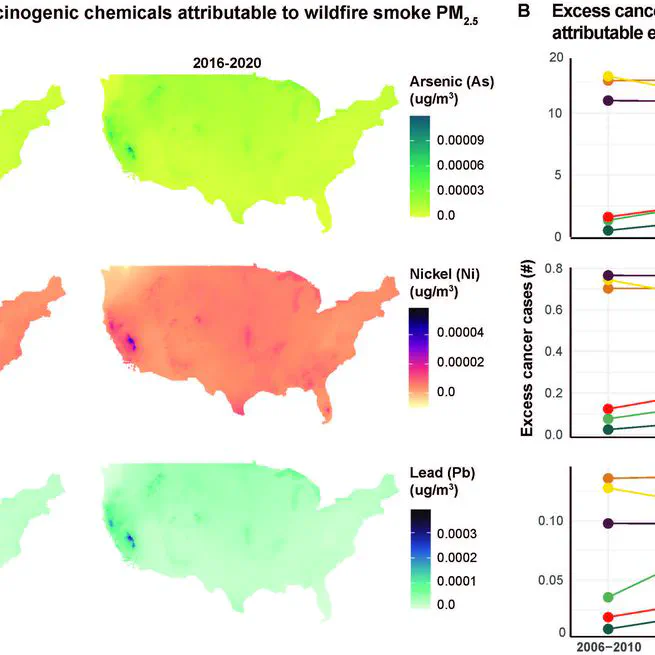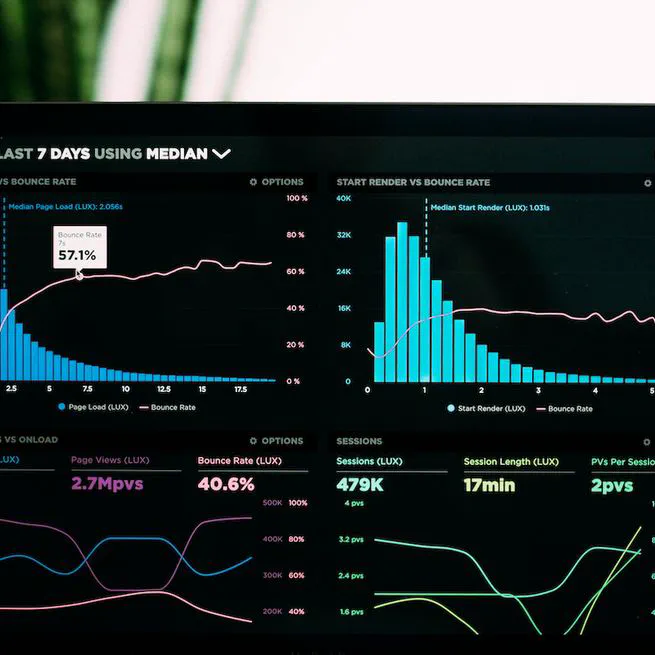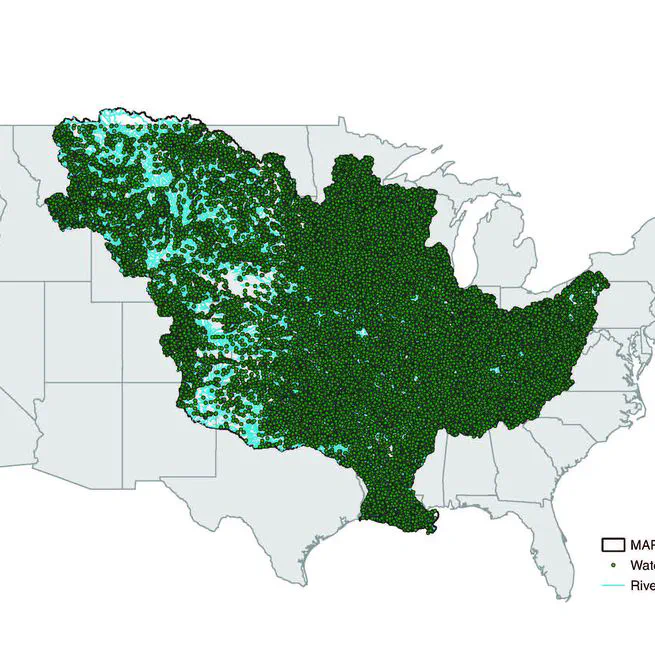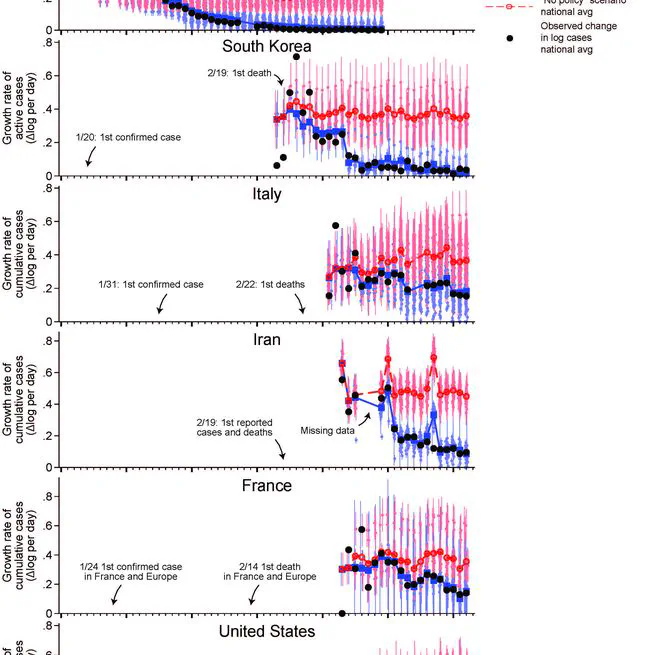Emma Krasovich Southworth
About Me
Emma is interested in exploring how we can promote the health of people and the environment in a changing world. She is currently purusing her PhD in Environment and Resources at Stanford University and studies how changes to the environment impact human health, environmental quality, and ecosystem services.
Prior to starting her PhD, Emma worked as a Research Analyst at the Global Policy Lab (GPL) at UC Berkeley (now at Stanford). During her time at GPL, she was part of a project that aimed to identify land-based sources of nonpoint source water pollution in national-scale river systems in New Zealand and the US Mississippi River Basin. Emma completed her MPH in environmental health science and global health at Columbia University and received a BA in behavioral neuroscience from Colgate University.
When she isn’t at her desk, you can find her outside - most likely running or hiking up a mountain. She also co-founded a trivia company and loves to host trivia nights to bring communities together.








